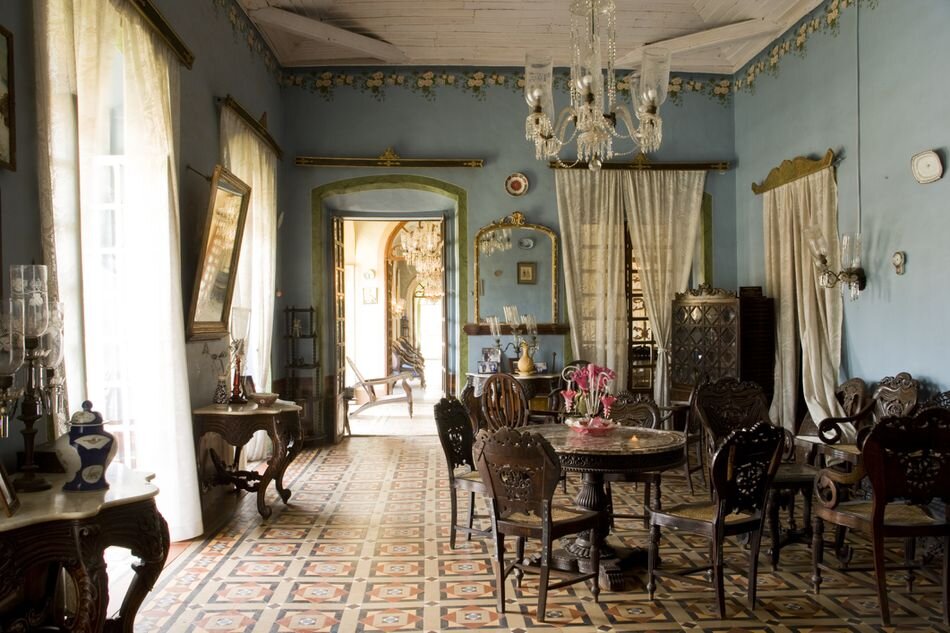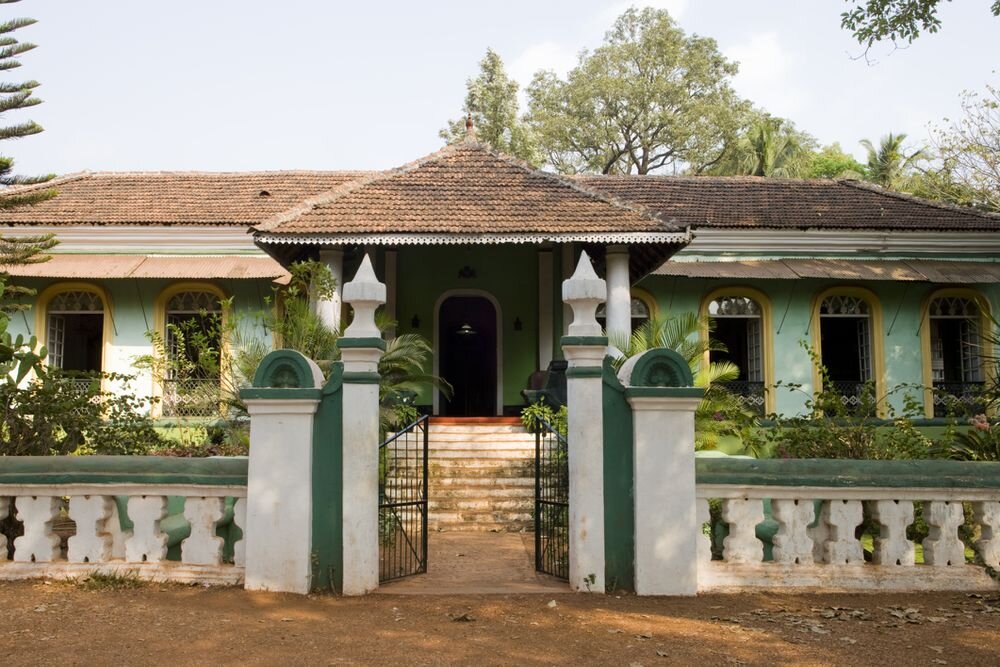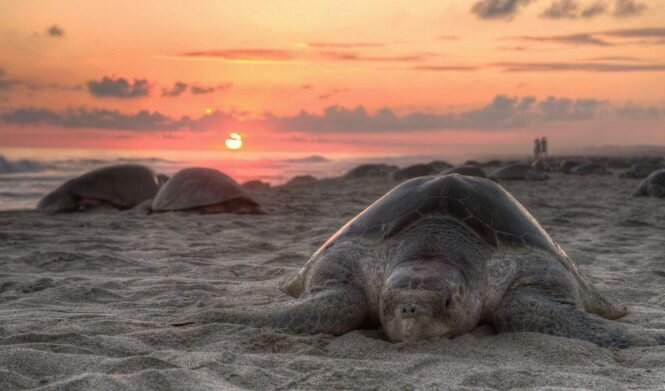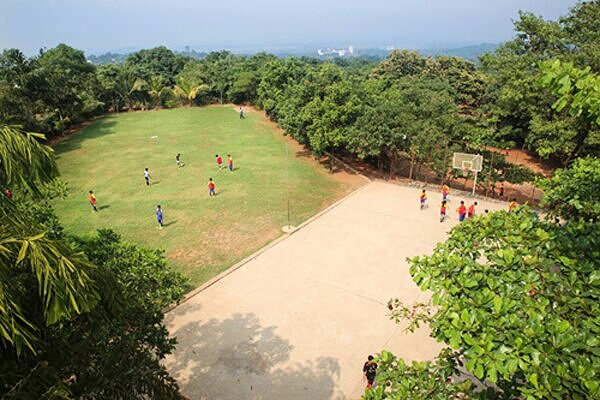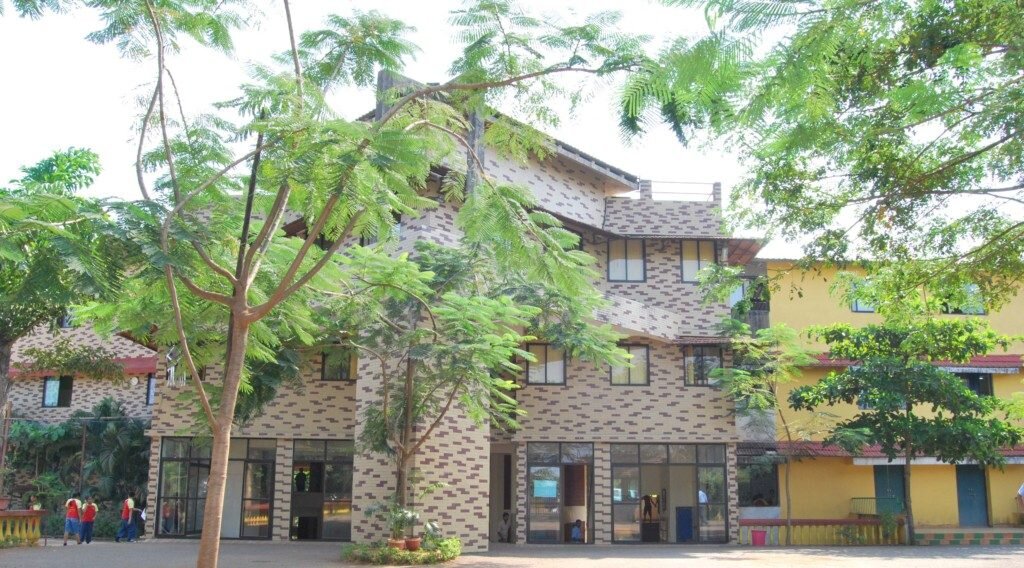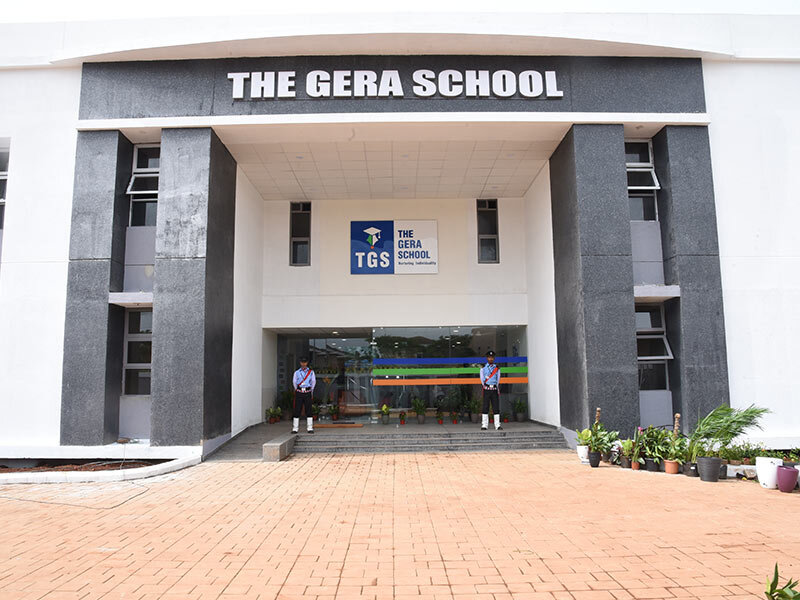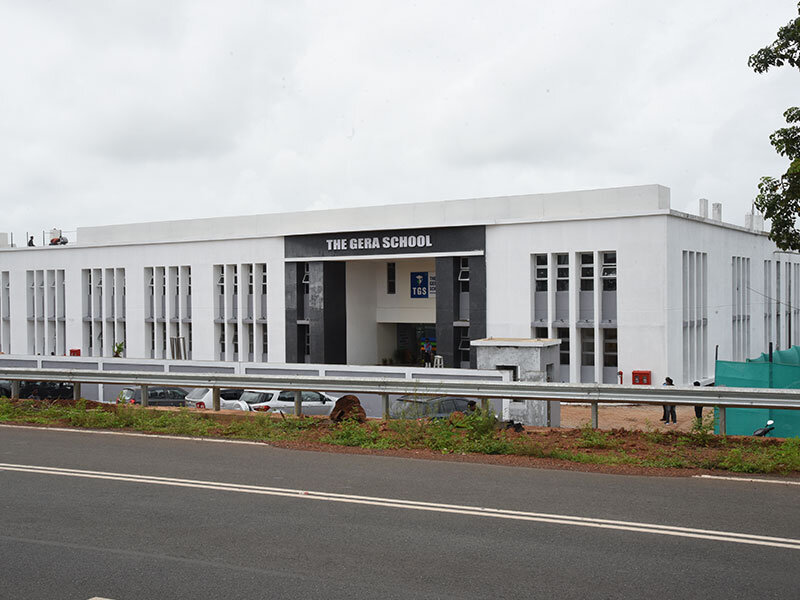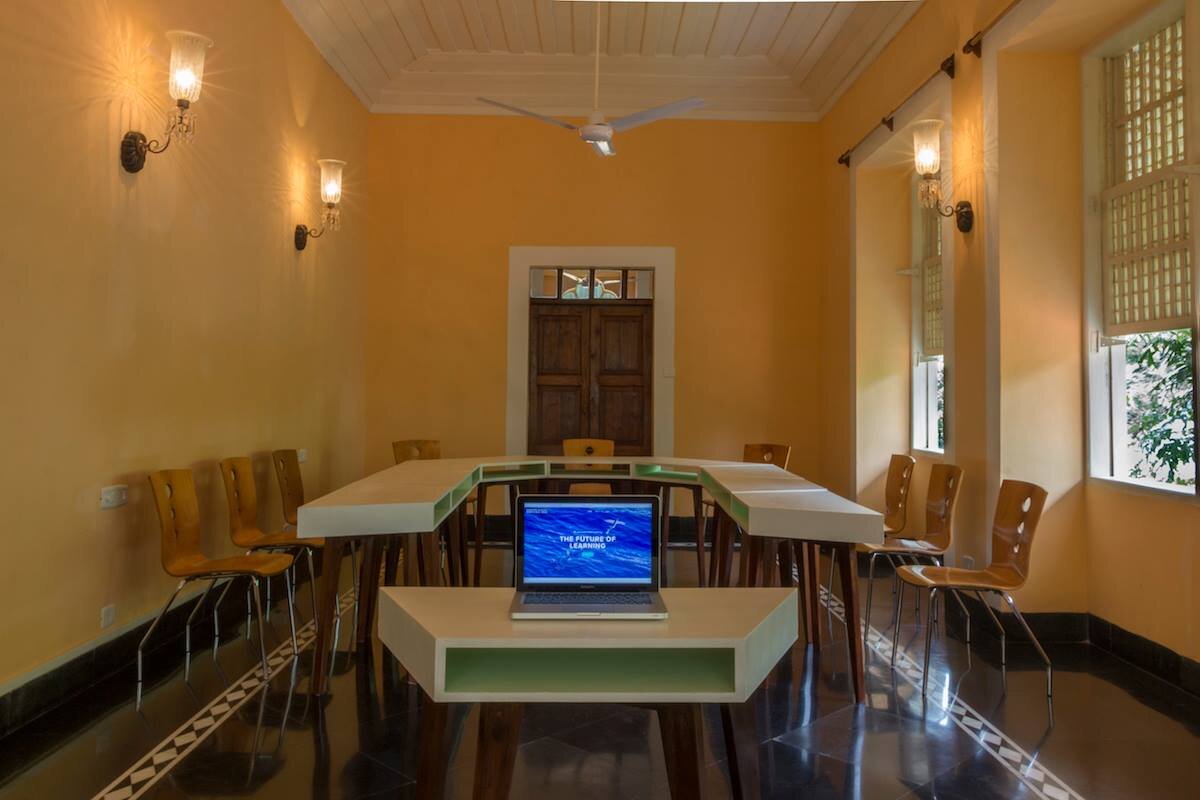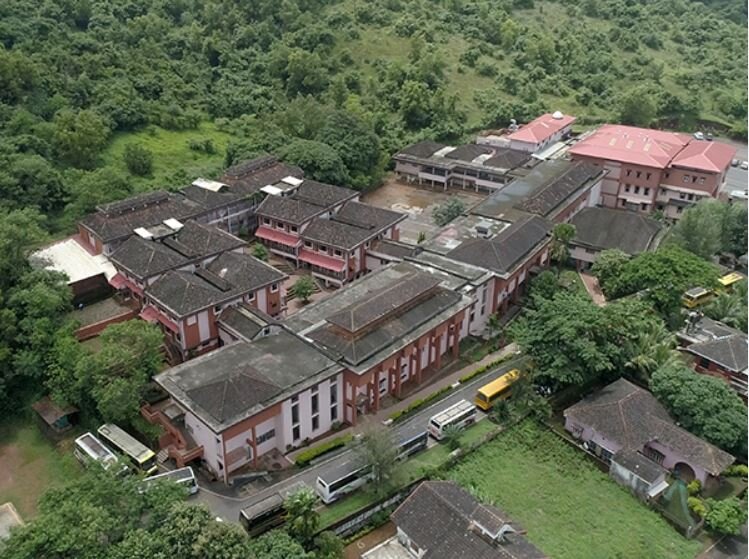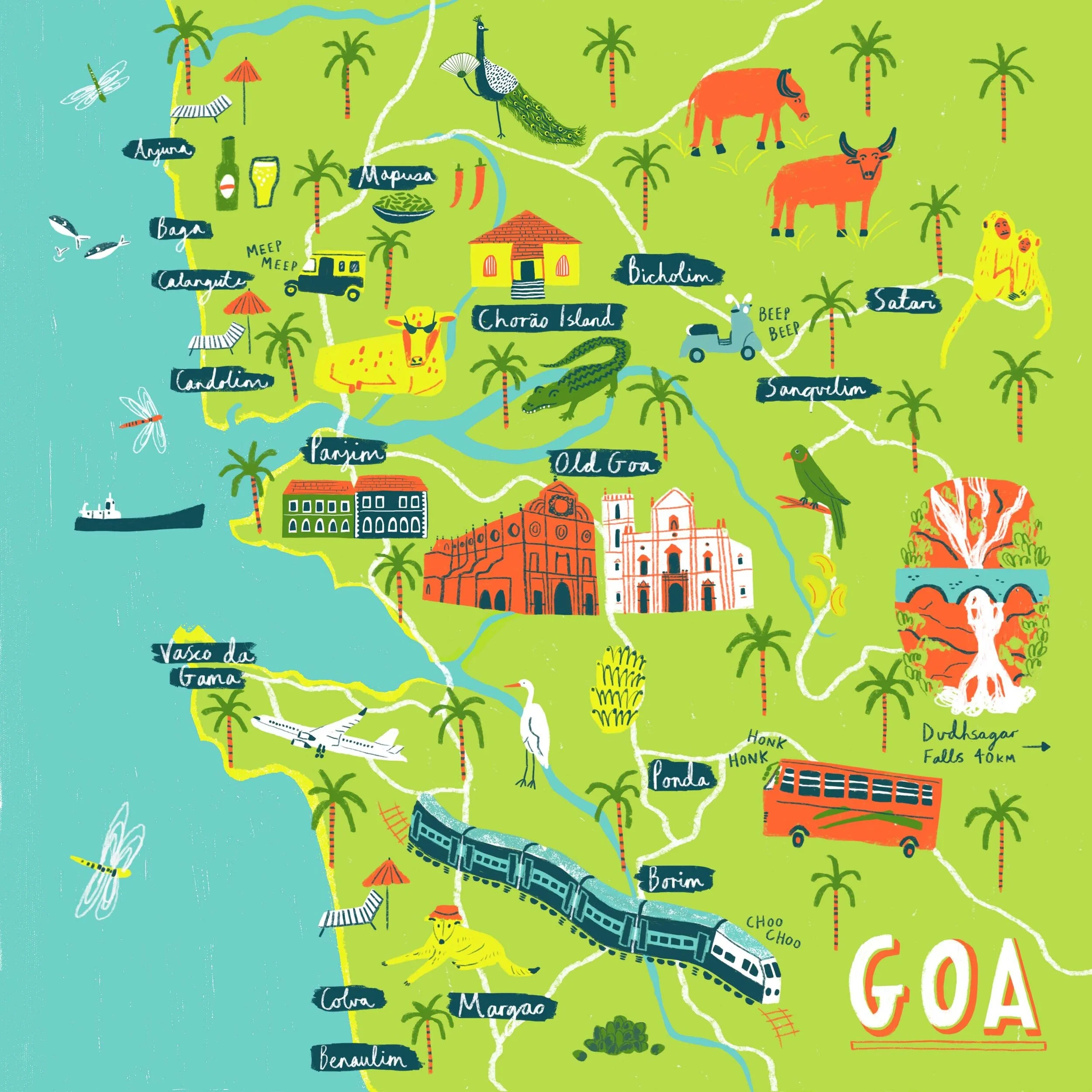Unlike the other colonial powers in India, the Portuguese managed to leave a much more visible mark on the residential architecture of the area they ruled. The British and the French left their mark on the architecture of huge buildings such as assemblies and railway stations which have since become landmarks of the period.
The Portuguese in Goa built residential houses reflecting a style which is hardly found elsewhere on the Indian subcontinent. These magnificent palatial houses inspired by European architectural style are still found in Goa today, although they are confined to the rural areas such as Chandrapura, Chandor and Loutolim. These mansions were built in an era when the Portuguese had handsome profits from their trading colonies in Africa and South America.
This blogpost looks at some of the old heritage houses of South Goa which were inspired by European architectural styles and stand tall even today.
Braganza House
The Braganza House is 350 years old and occupies one entire side of the village square in Chandor. This elaborate mansion is spread over 10,000 sqm and is divided into two wings that are occupied by the Braganza family. The palatial house has a stunning ballroom, massive Belgian crystal chandeliers, exquisite antiques collected over centuries and the oldest private library in Goa with over 5000 books.
Palacio do Deao
Palacio do Deao, a 213 years old mansion, was built by a Portuguese noble man, who was the Dean of the Church, and founder of Quepem town. The house faces the Church he built and is on the banks of the wildly beautiful Kushavati River. Here’s a video about the lovely house.
Figueirido House
The magnificent Figueirido House in Loutolim took shape as early as 1590, at a time when the Taj Mahal was yet to be conceived. The Figueiredo family had a prominent presence in Goa as lawyers, diplomats and ambassadors. Today, the family has converted part of this palatial home into a historic museum with yet another section opened out as a breathtaking heritage homestay for visitors. Take a virtual tour through this palatial estate here.
Casa Araujo Alvares
This 250-year-old mansion belongs to the Alvares family and forms part of the Ancestral Goa tourist complex, set up to recreate Goan village life under Portuguese rule. The house has a spacious courtyard, a quaint chapel at its centre, old European furniture like most of its contemporaries and eclectic seashell windows that bring the beach inside.



